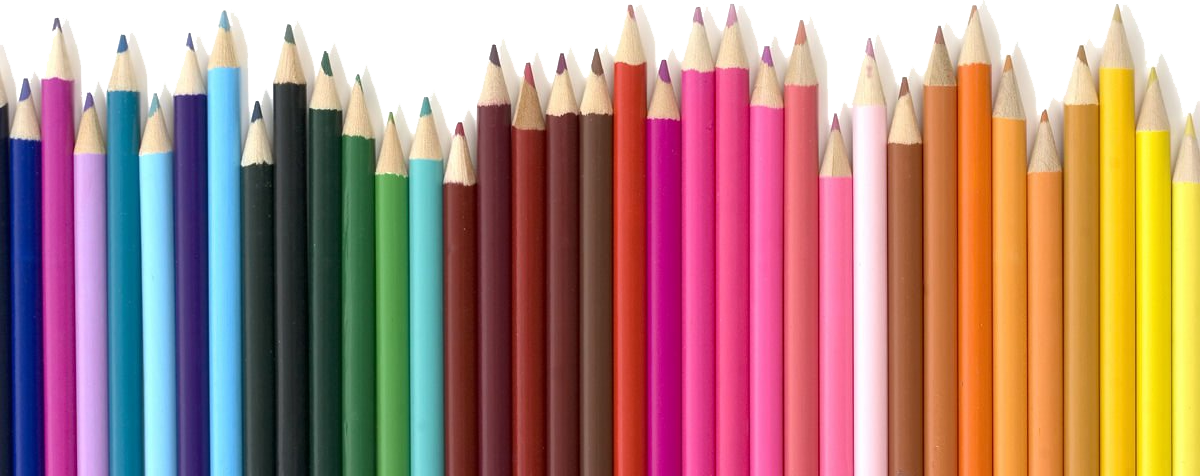In the Valencian Community we have a
curriculum where it appears the goals, the contents and the assessment
criteria. These things, in some subjects on many occasions, limit teachers in
many aspects but I think at the same time, they are necessary to guide our
teaching.
I am a primary teacher in a private
school. I think the most important thing I would teach in my class, is the
acquisition of the main contents in the curriculum but not all of them. We have
to pay more attention to the contents of the context. We must take into a count
that if we teach the contents in another language we have to use resources to
help students to understand things in an easier and more interesting way, and
we also have to pay attention to simplify assessment criteria so that the
student can acquire the contents better.
In the subject of Language, for
instance, we have to care about the pupils’ accuracy, fluency, writing
language, reading comprehension, and so on, rather than the curriculum contents.
We can assess pupils with rubrics. “A
rubric is a scoring guide that seeks to evaluate a student's performance based
on the sum of a full range of criteria rather than a single numerical score.”
Authentic assessment is used to evaluate students' work by measuring the
product according to real-life criteria. A rubric is a working guide for
students and teachers, usually handed out before the assignment begins in order
to make students think about the criteria on which their work will be judged
and enhances the quality of direct instruction.
Rubrics can be created for any contents’ area
including Maths, Science, History, Writing, Foreign Languages, Drama, Art, Music,
etc. Once they are developed, they can be modified easily for various grade
levels and I think rubrics are the best way to evaluate students because they
have many advantages. Some of them are: teachers can increase the quality of
their direct instruction by providing focus, emphasis; teachers can focus on
particular details like a model for students; students have explicit guidelines
regarding teacher expectations; students can use rubrics as a tool to develop
their abilities and teachers can reuse rubrics for various activities.



































